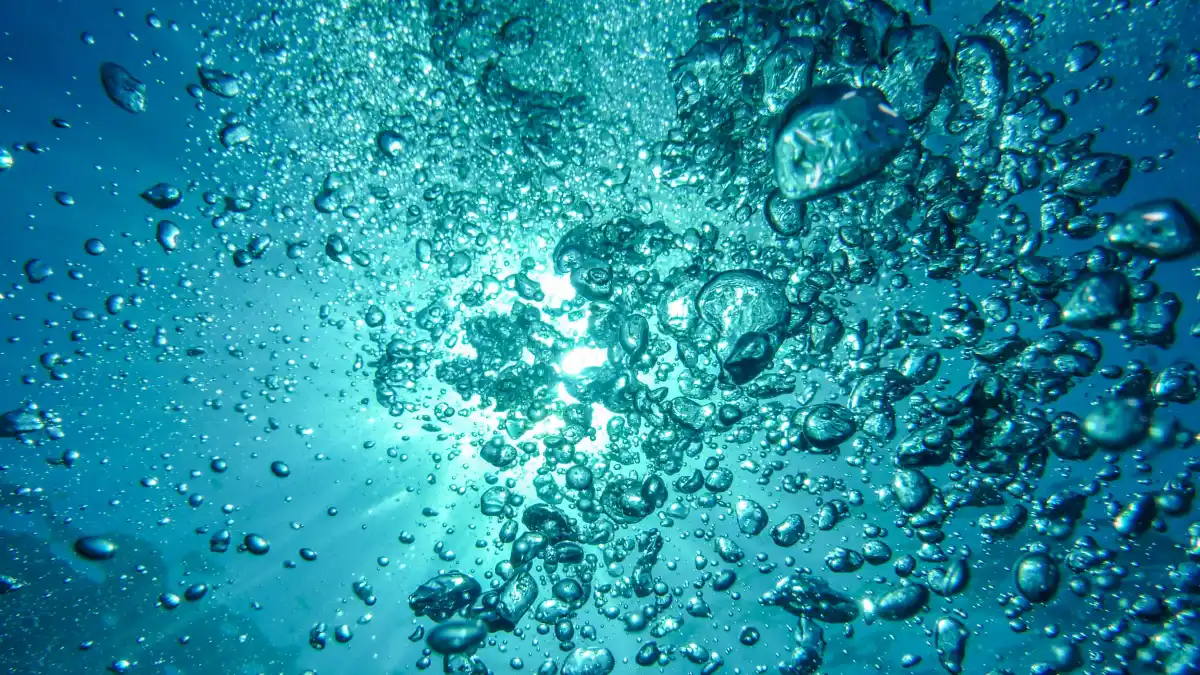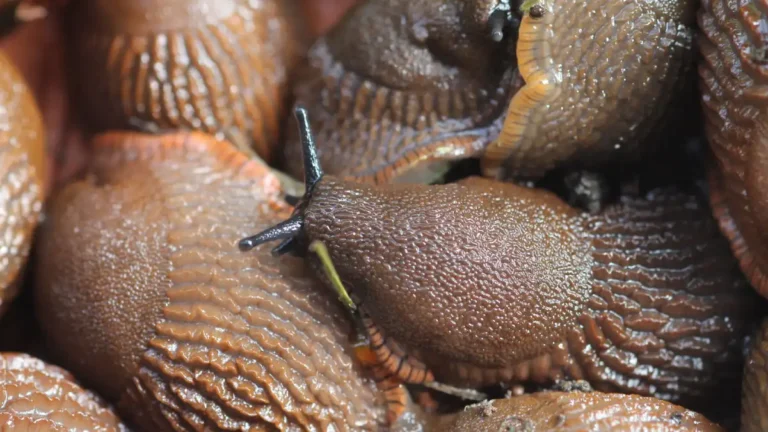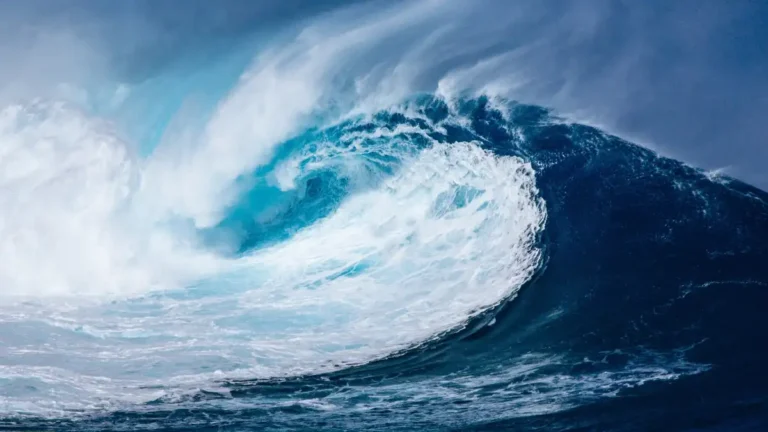Or: How I Learned to Stop Worrying and Love the Gas of Life
I was a bookish child, which in my generation was roughly as fashionable as wearing a cassock to gym class. While other boys honed their skills on the round leather, sweating their way into the social hierarchy of football pitches, I was hunched over encyclopedias, those brick-thick repositories of Everything That Mattered in the World Before the Internet. You read that right: encyclopedias. My self-imposed discipline was to chew through a certain number of pages each day. The endgame, at least in my young mind, was Olympian—one day, I would have read everything there was to read.
I wanted to be a Homo Universalis, a Renaissance Man in an age where the Renaissance was reduced to plastic pencil cases with Leonardo’s Vitruvian Man on them. Of course, childish dreams collide with adult realities, and life soon disabused me of the illusion. It is impossible to know everything in an era where even toaster ovens require firmware updates. And so, the encyclopedic impulse decayed into something more modest yet still obnoxious: polymathy. I became the dreaded know-it-all, the kind of child who can tell you why the dinosaurs disappeared but not how to hit a ball with sufficient accuracy to stay on the team.
My social value fell accordingly. Nothing endears you less to your peers than being the kid who quotes Pliny the Elder while being hopeless at penalty kicks.
This post first appeared in 2019, back when I still entertained hope that rational arguments might sway public sentiment. I’ve since remastered it—sharpened the edges, clarified the threat, and realigned it with the Grimwright ethos: use what works, discard the rest, and always—always—question the narrative. The date remains unchanged as a historical marker. The content does not.
One day, though, I received a gift that set the whole trajectory of my curiosity. A family friend bestowed upon me the most lavishly illustrated encyclopedia of living things that money could buy at the time. The kind with glossy pages, giant foldouts, and illustrations that made beetles look like armored tanks. I devoured it. From it, I learned about life’s ancestry: the long slog from simple bacteria to complex cells, and the secret ingredient running through all of it like a recurring motif in a cosmic opera—carbon.
Carbon was the element that bound us all. Everything from the bacteria twitching in thermal vents to the strange hairless primates scribbling into notebooks was sculpted from the same black skeleton of chemistry. And yet, curiosity has a nasty way of turning into heresy. I asked the forbidden question: could there be life that was not based on carbon? Could some alien form of existence out there breathe silicon, or flourish on arsenic the way my peers flourished on cruelty? There was no Internet back then, no Google to vomit up twenty contradicting answers in half a second. I was alone with my question, like some medieval monk speculating on angels without a peer-reviewed journal to bail me out.
That question never quite left me. But as the years wore on, I learned more: about why carbon was essential, how its versatile chemical bonds made it the perfect scaffold for life. The answer, in short, was that carbon was irreplaceable. Life was carbon. Without it, no us.
And yet here we are, in the early twenty-first century, and carbon has been cast as the villain in humanity’s morality play. The black heart of sin, the pollutant that must be expunged. The IPCC and its retinue of institutions have decided that carbon dioxide is the great corrupter, the demon heating up our fragile blue planet. Only, it isn’t called “global warming” anymore—that phrase was abandoned once the warming proved inconveniently non-linear. Now it’s the amorphous “climate change,” a slogan vague enough to absolve its prophets of falsification.
But let us rewind the tape four billion years, back when Earth itself was hardly recognizable, a boiling cauldron of fire and stone. The planet was wrapped in a proto-atmosphere belched out by millions of volcanoes. Those eruptions filled the skies with gases in concentrations that would make today’s climate scientists faint. Over ninety percent of that early air was carbon dioxide. Yes, the same gas we now treat like a toxin was once the very canvas on which life’s first sketch was drawn.
It is easy to forget just how alien that early Earth was. The sun was weaker. The oceans frothed with minerals and metals. The orbit was not what it is today. From a distance, one could have mistaken it for the path Venus eventually took—our sister planet turned into a sulfurous inferno. But there was a crucial difference. Earth’s atmosphere, lighter and less crushing than Venus’s, left just enough wiggle room for chemistry to improvise. Out of this cauldron, amino acids formed—the alphabet soup of biology. They clumped into primitive cells, ugly little sacks of chemicals that would eventually multiply into bacteria.
And yes, I could keep lecturing about this for hours, until my wife drags me back to silence with the weary eye-roll of someone who has heard too many creation stories. But the short version is this: CO₂, the villain of our age, was the midwife of life itself.
Over the next billions of years, life multiplied and in doing so, began dismantling the carbon-soaked atmosphere that had birthed it. Photosynthetic organisms split CO₂, releasing oxygen as waste while locking carbon into solid matter. Forests grew, oceans swallowed. Bit by bit, the air transformed into something you or I might breathe. Yet even then, for hundreds of millions of years, CO₂ levels remained at thousands—sometimes tens of thousands—of parts per million. Compare that to today’s miserly 400 ppm, and the alarmism of our age starts to look not only petty but comical.
The story takes a darker turn about 300 million years ago. During the Carboniferous, great forests of ferns and trees sucked up enormous volumes of CO₂. Yet their wood contained lignin, a tough polymer that no creature could digest at the time. Trees toppled, piled, compressed, and eventually metamorphosed into coal—the very coal our industrial age later fed upon. That burial of carbon nearly starved the atmosphere of its lifeblood. Earth was on the edge of asphyxiation. Had evolution not stumbled on organisms able to crack lignin and let trees rot properly, our story might have ended there. The planet might still harbor a few primitive colonies, something like Mars—but no Shakespeare, no symphonies, no cathedrals. Just slime.
But luck intervened. Bacteria learned to eat lignin, and carbon found its way back into circulation. For most of the last 200 million years, CO₂ stayed comfortably above 1000 ppm—a paradise for plants and by extension, for all life.
And here’s where the narrative collides with human history. Over the last two million years, Earth slid into recurring glaciations. Every so often, the ice retreated, and humanity got its brief reprieve. Warm periods became civilizational accelerants.
Around 3000 years ago, during the Minoan Warm Period, Egypt’s New Kingdom flowered. Granaries bulged, temples rose, and the Levant brimmed with city-states. About 1750 years ago, the Roman Warm Period crowned Rome in marble and conquest, leaving scars of empire across Europe and North Africa. Seven centuries ago, the Medieval Warm Period lit the fire of the Renaissance, sending cathedral spires stabbing toward the heavens. And our current Modern Warm Period has given us more prosperity, more food, more people living longer and better than at any point in recorded history.
Contrast that with the cold spells. Around 3900 years ago, chill and famine shattered the Minoan world. Around 2250 years ago, classical Greece waned under harsher skies. Thirteen centuries ago, the European Dark Ages dragged culture down into the mud. And a mere four centuries back, the Little Ice Age ended the Renaissance with frostbitten misery, crop failures, and plagues. Cold shrinks, kills, retracts. Warmth expands, nourishes, liberates.
And throughout these cycles, CO₂ stayed stubbornly stable. Only slightly did it fluctuate, and always in the same direction: warming released more CO₂ from the oceans, not the other way around. Henry’s Law is cruelly indifferent to ideology: gases dissolve better in cold water than warm. Warm seas burp carbon into the air. That means CO₂ rises because of warming, not as its cause. To blame CO₂ for heating the world is like blaming the rooster for the sunrise. It is comedy dressed up as science.
But modern climate orthodoxy runs with this joke as if it were gospel. They preach that CO₂ is not the gas of life but the gas of death. They demand its exorcism at the cost of trillions. The truth, however, is the opposite: more CO₂ has always meant more food, more growth, more abundance.
Greenhouse growers know it. They buy CO₂ in tanks or siphon it from power plants, pumping it into their hothouses to boost yields. Plants become sturdier, richer in nutrients, more water-efficient. Tomatoes swell like egos at a political rally. And they don’t do this as a hobby. They do it because the economics work: CO₂ is an investment that pays. Dutch farmers even pipe the exhaust of gas plants directly into their greenhouses. The very smoke we demonize feeds their crops.
Here’s the simple arithmetic of survival: plants begin to falter below 150 ppm of CO₂. At pre-industrial levels of 280 ppm, we were uncomfortably close to the cliff. Today, we hover at around 400 ppm—a fragile 0.04% of the air we breathe. Oxygen is five hundred times more abundant. Even argon, that noble nothing of a gas, is twenty times thicker in our skies. In historical terms, our atmosphere is CO₂-poor. We are living in an age of starvation, yet instead of gratitude for the reprieve that industrial CO₂ emissions have provided, we denounce the very thing keeping our biosphere alive.
We ought to be thankful. Instead, we are mobilizing a crusade. A trillion-dollar bonfire to rid the world of the very gas that feeds it. This is not science—it is a death cult masquerading as policy. When someone insists that carbon is evil, what they are really saying, whether they know it or not, is that life itself is evil.
Carbon is us. Without it, there is no story, no history, no future. Demonize it if you wish, but you may as well be denouncing your own skeleton.




